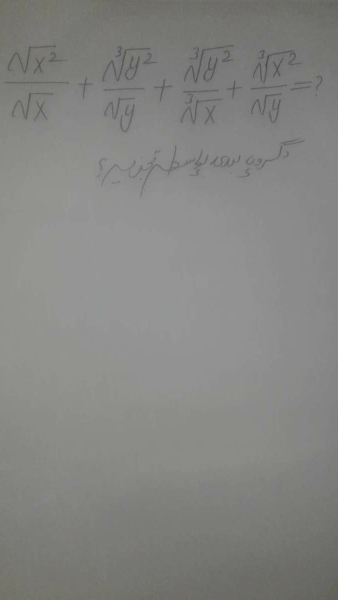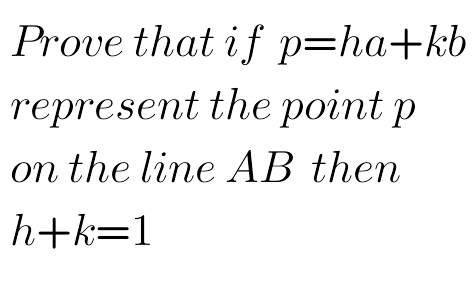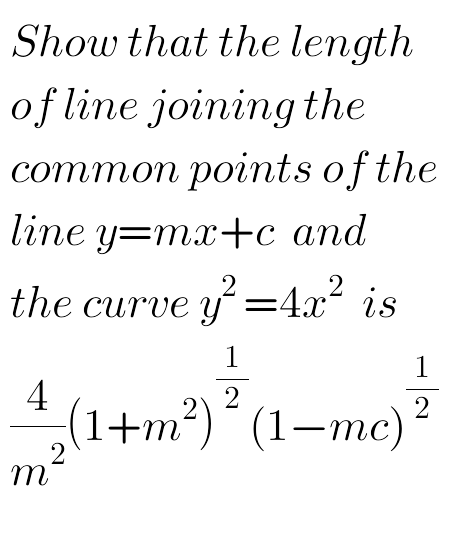
AllQuestion and Answers: Page 1326
Question Number 81797 Answers: 0 Comments: 1

Question Number 81794 Answers: 1 Comments: 2

Question Number 81786 Answers: 0 Comments: 5

Question Number 81913 Answers: 0 Comments: 1

Question Number 81771 Answers: 1 Comments: 3

Question Number 81769 Answers: 0 Comments: 2

Question Number 81768 Answers: 1 Comments: 4

Question Number 81763 Answers: 0 Comments: 2
Question Number 81760 Answers: 0 Comments: 2
Question Number 81759 Answers: 0 Comments: 1

Question Number 81755 Answers: 1 Comments: 0

Question Number 81750 Answers: 0 Comments: 0

Question Number 81741 Answers: 0 Comments: 2

Question Number 81740 Answers: 0 Comments: 1

Question Number 81739 Answers: 2 Comments: 1
$$\int\frac{{dx}}{{cos}^{\mathrm{3}} {x}−{sin}^{\mathrm{3}} {x}} \\ $$
Question Number 81734 Answers: 0 Comments: 4
Question Number 81733 Answers: 0 Comments: 2
Question Number 81731 Answers: 0 Comments: 1
Question Number 81725 Answers: 0 Comments: 1
Question Number 81724 Answers: 0 Comments: 2
Question Number 81704 Answers: 0 Comments: 0
Question Number 81698 Answers: 1 Comments: 1

Question Number 81692 Answers: 0 Comments: 1

Question Number 81684 Answers: 1 Comments: 1
$$\int\:\:\:\frac{{dx}}{{x}^{\mathrm{3}} \:+\:\mathrm{1}}\:\:=\:\:... \\ $$
Question Number 81720 Answers: 0 Comments: 2
Question Number 81719 Answers: 0 Comments: 1
Pg 1321 Pg 1322 Pg 1323 Pg 1324 Pg 1325 Pg 1326 Pg 1327 Pg 1328 Pg 1329 Pg 1330
